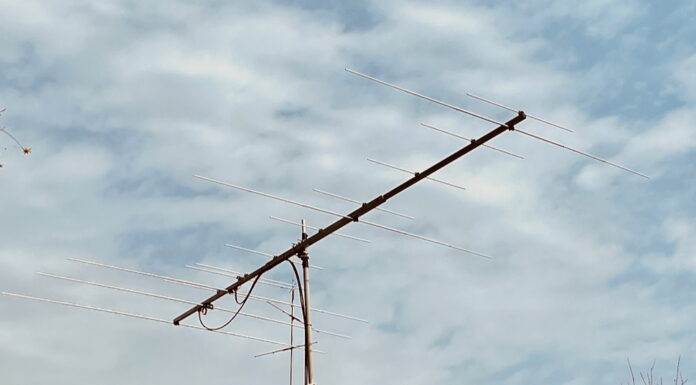This past week I’d worked my way through most of my task list and decided to investigate digital modes. Back in the very early 1980’s I was exclusively into RTTY operation as KB8CE. That station had a Teletype Model 19 with paper tape reader and punch. It also had a rack mount demodulator that I’d built with 88 mHy toroids and a 4 inch scope that I’d salvaged from an old oscilloscope. Also in that rack was a R-388 receiver, for press transmissions, and a UART gear shifter that used digital techniques to move from various RTTY speeds to the speed my teletype was set. I wrote an article on the UART that ran in Wayne Green’s 73 Magazine.
So fast forward to the waning days of 2012. I had previously tried receiving PSK a couple of years ago and wasn’t overly impressed. This time I spent some more time in getting RUMlog and Cocoa Modem up and running correctly. Even spent some time with the documentation for both of the programs. Learned a great deal in the process and got some things corrected in the set up.
I have to say that Cocoa Modem is absolutely spectacular in the features it offers. With PSK it provides a table of all the contacts going on within the window of your receiver, something like CW skimmer but this provides the running dialog with each of the QSO’s. This is a really nifty set up. With RTTY it allows running both receivers so you can scan the bands or you can better monitor the split operations to find out who is responding to the DX’s calls. Meanwhile, RUMlog directly interfaces with Cocoa Modem to make the QSO’s simple. In addition, RUMped — the contest logging program also by Tom, DL2RUM, interfaces directly with Cocoa Modem. This is a very nice set up and works quite well, once I understood exactly how to set up everything.
I’ll further note that the Elecraft K3 works beautifully for RTTY and PSK with the built-in audio interfaces, I only use stereo cables direct to my iMac. Plus, it has special filters just for the mark and space frequencies. All in all, I’m really pleased with how everything has come together to make what appears to be a first class RTTY/PSK station, all for a couple of cables and some software configuration.
I’ve made a few PSK contacts along with some RTTY contacts. I have to say that I really like RTTY. It must be the nostalgia of getting back into this mode after 30 years and the sound of the diddles. I also plan to get on for the ARRL RTTY Round Up this coming weekend. That should give me some experience!
Yet another ham radio adventure — RTTY and PSK! Fun times!








